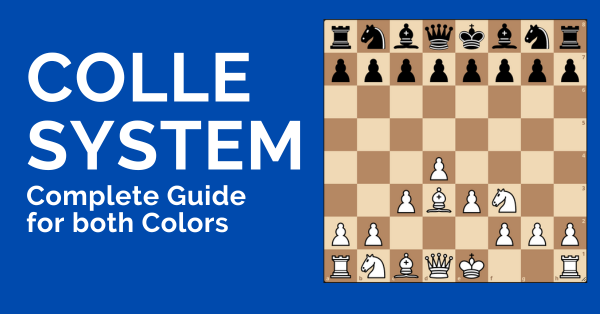
The Colle System is an underrated opening for Club players. Sure Grandmasters don’t play it regularly at the highest level but it is a deadly weapon against amateur opponents.
It has clear plans and ideas for White. If Black is not alert and careful then he will quickly end up in a lost position. It is an easy-to-learn opening for beginners as well.
The Colle is said to be passive but that is an exaggerated statement. After reading this article you will learn how to use the Colle System as a potent attacking weapon.
Ideas and Plans in the Colle System
White puts his pawns in a triangle (c3-d4-e3). The light-squared Bishop goes to d3. His Knights go to f3 and d2 followed by castling. In just a few opening moves White has a rock-solid position and is ready for a fight in the middlegame.
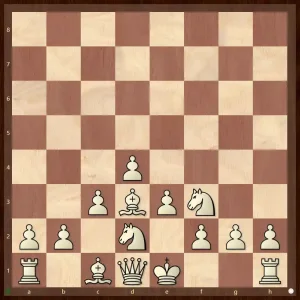
After White castles, he will advance his e-pawn to open the diagonal for the c1 bishop.
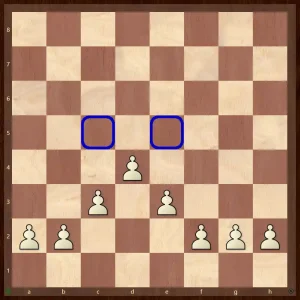
This is the standard Colle pawn structure. White places the pawns on d4-c3-e3. White’s idea is to have a strong spearhead in the center (d4 pawn) and base his play around this structure. The c and e-pawns provide support to the advanced d-pawn. You can see this structure in other openings as well. For eg London System, Semi-Slav.
The pawn on d4 controls two critical central squares: c5 and e5. One of Black’s goals is to not give White a free hand in the center and challenge the center immediately. Black usually does this with the c-pawn thrust c7-c5.
If unchallenged White will play Qe2 followed by e3-e4.
The e4 break is the standard plan in the Colle system.
The Colle structure frequently transforms into three other well-known pawn structures:
1. Isolani Center
After e4 Black should play dxe4 (Otherwise the pawn advances to e5 and White gets an edge) and then Black can play cxd4. This gives rise to the typical Isolated Queen Pawn (IQP) position. This position is seen in a lot of Colle games so it’s a good idea to know the ins and outs of the IQP.
2. Caro Structure
The Colle structure can also transform into the Caro pawn structure if White exchanges the d4 pawn for either the c-pawn or e-pawn.
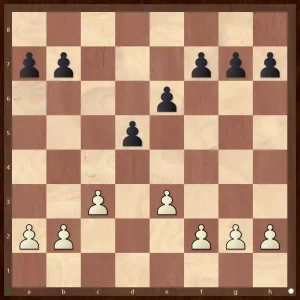
Here you have two important pawn breaks: e4 and c4
White needs to break in the center because Black usually has a pawn on d5, which confers a space advantage to Black.
If White manages to achieve the c4 break then we get a symmetrical pawn structure. Here both sides will manoeuver their pieces trying to probe each other’s position.
If White gets in the e4 break we get an asymmetrical pawn structure. Here White has the Queenside pawn majority while Black has the e and f-pawn phalanx. This structure demands that Black play actively in the center with e5 and f5 and possibly go for a Kingside attack. Whereas White can rely on his Queenside pawn majority in the endgame.
3. Reversed Carlsbad
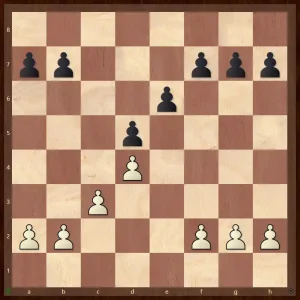
You get the Reversed Carlsbad when Black takes on d4 and you recapture with the e-pawn. White doesn’t have any pawn breaks in the center but his c1 Bishop has an open diagonal. In the Colle Structure, the c1 Bishop is the problem piece for White. So White has one less thing to worry about.
As usual, the fight revolves around the e5 square. This is analogous to the position in the Carlsbad for Black where e4 is the critical square.
Black can go for the standard minority attack in this structure with a5-b5.
Now let us look at the mainlines of the Colle System.
Colle System against the QGD
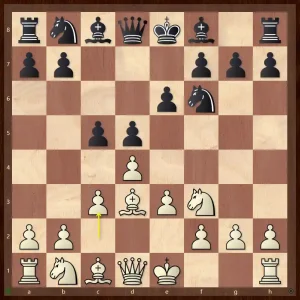
We reach this position after the moves:
1. d4 d5 2. Nf3 Nf6 3. e3 e6 4. Bd3 c5 5. c3
With d5 and c5 Black plays classically and gains all the space he can. Many players new to Colle System or beginner players can have the following question: Can Black push the pawn to c4?
Black plays an early c4
This move does look tempting as it gains a tempo on the Bishop. However, as we have seen in the pawn structure section the c-pawn plays an important role in maintaining tension in the center. Therefore the move c4 has two drawbacks:
- It releases the tension in the center. Since the center is fixed now White can now either play for a Kingisde attack, go for a quick central break with e3-e4, or undermine the c4 pawn with b3 to gain time or a favorable pawn structure.
- Black loses flexibility as he commits to a defined pawn structure. Now Black cannot transform the structure if the need arises.
Let’s take a look at Capablanca playing the White side of the Colle system when Black plays an early c4. Capablanca chooses the plan of e3-e4 break and achieves a pleasant position out of the opening.
Now back to the mainline
After c3 Black has to decide on how to deploy his pieces. Black has two options:
- Nc6 with Be7/Bd6
- Nbd7 with Bd6 and b6-Bb7
In the games below Black opts for Nc6 with Bd6 piece formation. White plays thematically and gets an isolated pawn center.
In this game, White plays actively and attacks the Kingside. Black tries to defend but White’s pieces quickly occupy active positions and White finishes off the game with a typical IQP piece sacrifice.
In the following game, Black opts for Nbd7 with Bd6 piece formation. We see going for the standard Greek Gift Sacrifice.
Another common and important theme to remember in the Colle system is the Greek Gift Sacrifice.
The Stonewall
Let’s take a look at another attacking plan that White can use in these structures. It’s an underused and underrated weapon for club players. The Stonewall.
Here White sets up the following structure: c3-d4-e4-f4. This setup works because Black pieces are not optimally placed to combat the Stonewall. White can go for a Kingside Advance after Ne5. The plan is so natural that we can lay it out in steps;
- Secure control of the e5 square with f2-f4.
- Place a Knight on that square.
- Play g2-g4-g5 to drive away the f6 Knight. This weakens the h7 square.
- Attack with h7 point. One common way is to Lift the Rook with the manoeuver Rf1-f3-h3.
The following game shows White using this plan like clockwork.
See what’s available in TCW Store:
https://thechessworld.com/store/product/colle-system-lemos-formula-with-gm-damian-lemos/
Have you played the Colle System before or planning to pick it up soon? Do let us know in the comments.
FAQ
Is the Colle System any good?
The Colle System is a good opening choice for amateur players. It is very effective in lower levels of play.
Can you play the Colle System as black?
Black can play the Colle system as Black. When Black plays the Colle system as Black it is called the Semi Slav Defense. Although the nature of this opening is entirely different from the Colle.
What is the move order of the Colle System?
White can use several move orders to get to the standard Colle system. White can delay the c-pawn advance to keep Black guessing.






